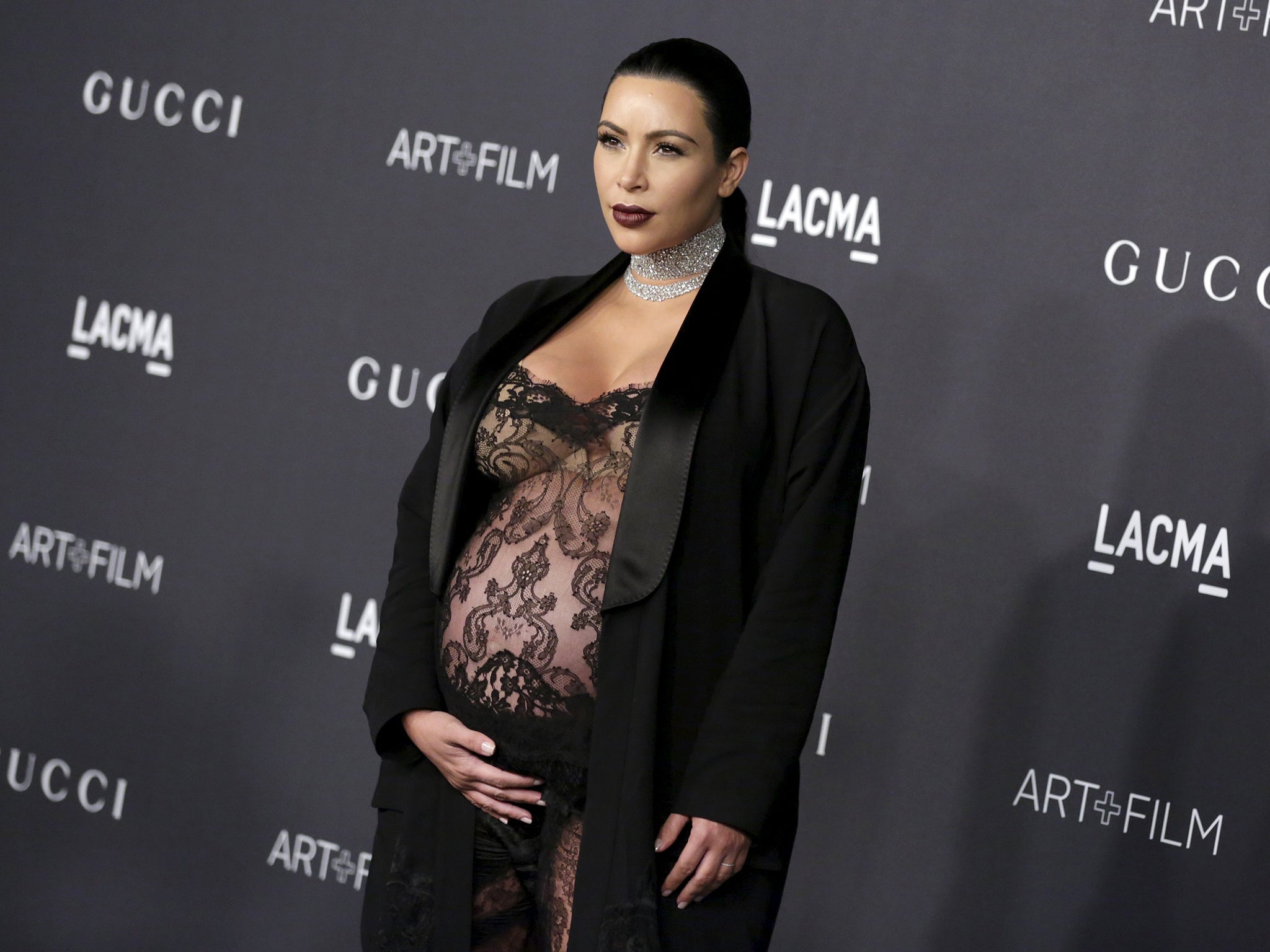Kim Kardashian West ‘eats’ placenta after birth in a bid to to ward off postnatal depression
Kardashian also ate placenta after the birth of her first child

Your support helps us to tell the story
From reproductive rights to climate change to Big Tech, The Independent is on the ground when the story is developing. Whether it's investigating the financials of Elon Musk's pro-Trump PAC or producing our latest documentary, 'The A Word', which shines a light on the American women fighting for reproductive rights, we know how important it is to parse out the facts from the messaging.
At such a critical moment in US history, we need reporters on the ground. Your donation allows us to keep sending journalists to speak to both sides of the story.
The Independent is trusted by Americans across the entire political spectrum. And unlike many other quality news outlets, we choose not to lock Americans out of our reporting and analysis with paywalls. We believe quality journalism should be available to everyone, paid for by those who can afford it.
Your support makes all the difference.Kim Kardashian West is taking the unusual step of ‘eating’ her placenta in a bid to reduce her chances of experiencing postnatal depression after the birth of her second child.
Yes, you read that correctly. The reality TV star had the placenta from the birth of her son Saint West turned into tablets which she is now taking daily.
Placentophagy, or eating placenta, is becoming something of a growing trend with Kourtney Kardashian and the actress January Jones both praising its reported effects. Those who eat placenta claim it contains nutrients usually passed between mother and foetus during pregnancy and can also aid milk production.
Women (and some men) consume the placenta in a number of ways: by making a smoothie within hours after giving birth, by placing a piece of it in their gums, or by having it dried and made into pills to be taken each day.
Kardashian West revealed her unusual decision in a post on her app, where she explained she had also eaten her placenta after the birth of her first child North West. She claims the tablets give her a “surge of energy” and make her feel “really healthy and good”.
“And when I say ‘eat my placenta,’ I mean that I'm having it freeze-dried and made into a pill form—not actually fry it like a steak and eat it (which some people do, BTW),” she wrote.
“I really didn't want the baby blues and thought I can't go wrong with taking a pill made of my own hormones—made by me, for me. […] I totally recommend it for anyone considering it!”
Kardashian may be enthusiastic about the practice, but some medical experts are hesitant to endorse it.
Commenting on a review into published research studies on placentophagy, Louise Silverton, Director for Midwifery at the Royal College of Midwives, said: “As this paper finds there is little or no evidence around women eating their placenta. Indeed as it suggests, there may be potential dangers in doing so, though again there is no evidence to support that either.
“As a result midwives will not advise women about eating their placenta because of this lack of evidence, and it must be the woman’s choice if she chooses to do so. Women should be aware that like any foodstuff, placentas can go off, so care will be needed about how they are stored.
“If woman is intending to do this they should discuss it with their midwife ahead of the birth so that arrangements can be made to ensure she gets her placenta.”
Join our commenting forum
Join thought-provoking conversations, follow other Independent readers and see their replies
Comments